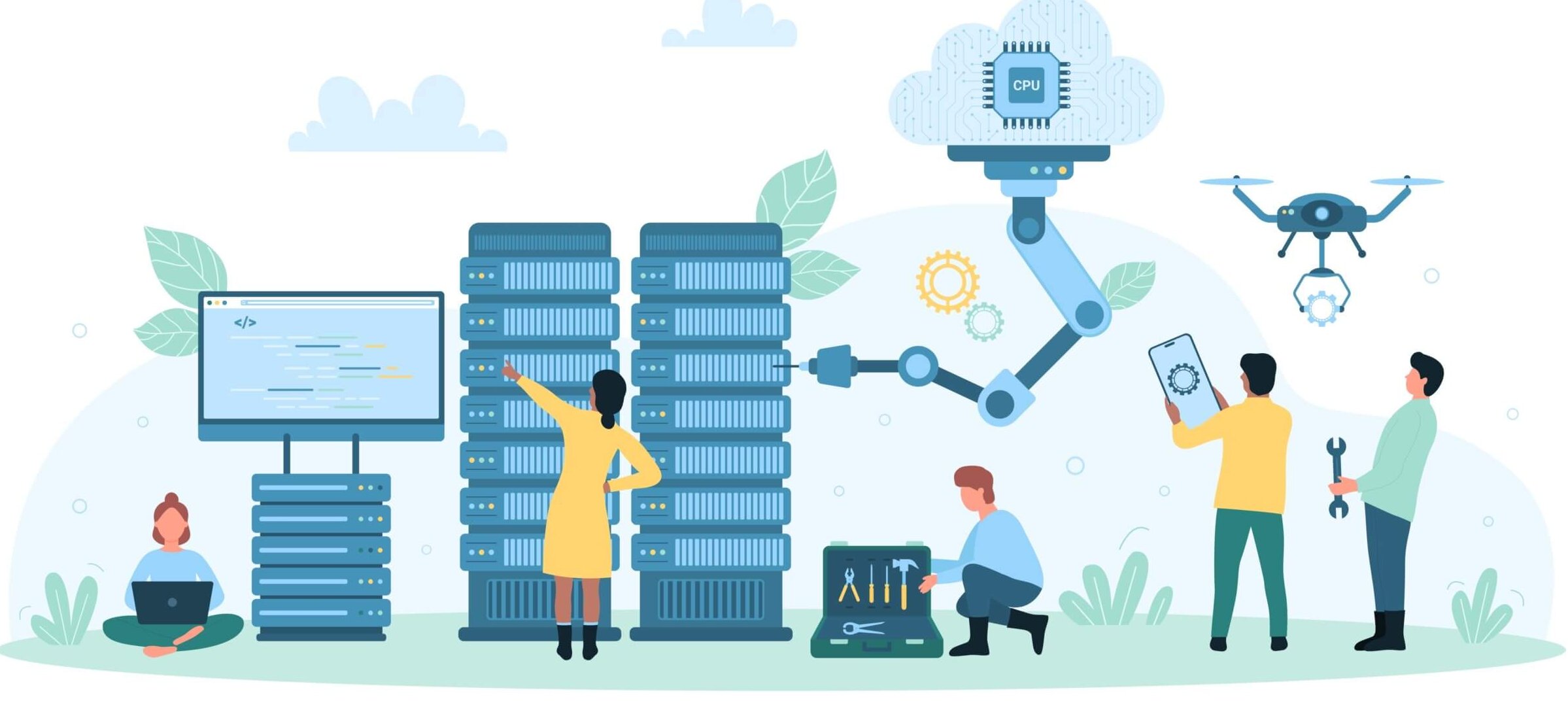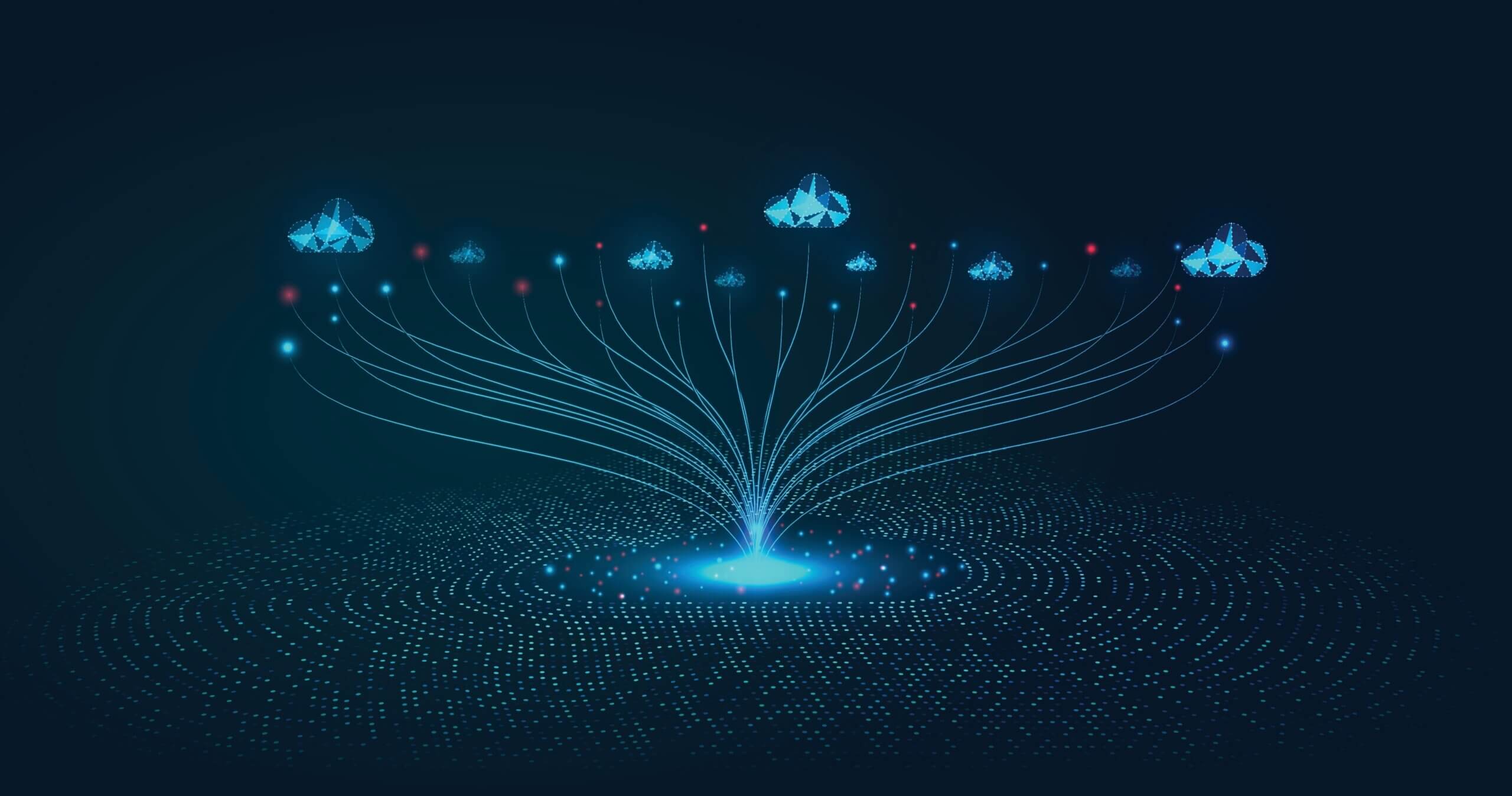The landscape of artificial intelligence has undergone a seismic shift in recent times. The rise of Generative AI (GenAI) tools like ChatGPT has sparked a revolution, with applications blossoming across various industries. According to recent estimates, 54% of companies had integrated GenAI into their business processes by November 2023. This level of adoption is remarkable, given the nascent stage of these technologies. From crafting compelling marketing copy to streamlining legal research, GenAI is proving its worth by automating tasks, boosting productivity, and fostering innovation.
Interested in learning more? Click here to get our whitepaper about how to address the complexities of the AI data center.
The allure of GenAI lies in its ability to automate and enhance complex tasks, driving productivity and fostering innovation. However, amidst the excitement lies a hidden challenge for IT teams struggling to manage the rapid adoption of GenAI. Let’s delve into the three main hurdles IT faces in this new era:
1. Data Security Risks
GenAI tools often rely on vast datasets for training and operation. While these datasets offer immense potential, they also raise critical data security questions. Integrating third-party AI services and managing data access for these tools becomes a complex task for IT.
Imagine a scenario where a marketing team leverages a GenAI platform for content creation. The platform might necessitate access to sensitive customer data for training purposes. Ensuring the security of this data and maintaining strict access controls throughout the workflow is paramount. Yet, many organizations lack the necessary tools and security protocols to safeguard their data effectively. IT teams must develop robust protocols to mitigate data breaches and ensure compliance with regulations.
2. Cost Management Difficulties
Maintaining AI infrastructure is costly, involving substantial power consumption and ongoing maintenance. With the rapid scale-up of GenAI, predicting and managing these costs becomes increasingly complex. Organizations often find themselves exceeding their budgets faster than anticipated, struggling to balance the financial demands of AI infrastructure with other operational costs.
IT teams now face the challenge of optimizing resource allocation for GenAI workloads. This necessitates careful planning, cost analysis, and potentially a shift towards hybrid AI environments that leverage both on-premises and cloud resources.
3. Limited Visibility and Control
IT teams often have limited visibility into the full scope of AI services and software in use within their environment. This lack of transparency makes it challenging to manage resources effectively and ensure optimal performance across the board. Additionally, the manual process of pulling logs and cross-referencing data from disparate systems to identify and resolve issues is highly inefficient and error-prone.
The Solution for AI Data Fabric
To address these challenges, enterprises need a comprehensive solution that provides end-to-end visibility and control over their AI infrastructure. This is where the concept of an AI Data Fabric Copilot comes into play.
Your AI Data Fabric connects your AI infrastructure, from the application to the data and back, encompassing various components like GPUs, application environments, storage entities, and databases. By leveraging an AI Data Fabric Copilot, organizations can achieve:
- Enhanced Visibility: Gain a holistic view of the AI infrastructure, ensuring all components are monitored and managed effectively.
- Cost Efficiency: Optimize resource utilization and reduce operational costs through better management and predictive analysis.
- Improved Security: Implement robust data access controls and compliance measures to safeguard sensitive information.
Conclusion
The rise of Generative AI has ushered in a new era of innovation and efficiency across various business functions. However, the rapid adoption of these technologies presents significant challenges, particularly in data security and cost management. By leveraging an AI Data Fabric Copilot, organizations can navigate these complexities, ensuring maximum ROI and operational efficiency while maintaining robust performance, availability, and data security.
As businesses continue to integrate GenAI into their operations, having a strategic approach to managing AI infrastructure will be critical. Virtana’s AI Data Fabric Copilot offers a comprehensive solution, helping enterprises unlock the full value of their AI investments in an increasingly complex, data-driven world.
Ready to learn more? Follow this link to find our whitepaper that further explores how to address the complexities of the AI data center.
Shridhar Venkatraman




